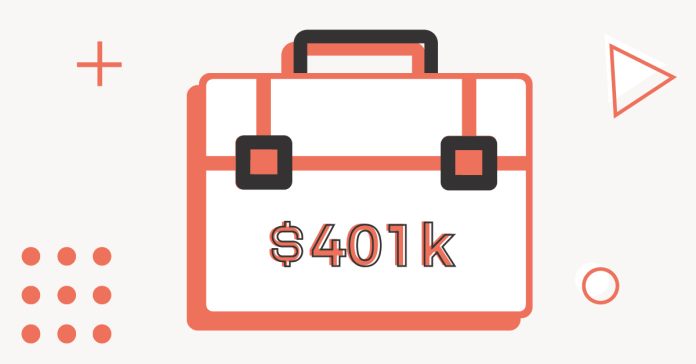- New 401(k) and 403(b) plans established after December 29, 2022, must automatically enroll eligible employees at a contribution rate of at least 3% of their pay.
- This rate will increase annually by 1% until reaching a minimum of 10%, unless employees opt out.
- Companies with fewer than 10 employees, those less than three years old, church plans, and government entities are exempt from these requirements.
The Treasury Department and Internal Revenue Service (IRS) recently unveiled proposed regulations to implement key provisions of the SECURE 2.0 Act. These changes, set to take effect in 2025, will require automatic enrollment in newly established 401(k) and 403(b) plans.
With millions of Americans lacking sufficient retirement savings, these updates are designed to boost participation and ensure more employees are building their financial futures. Here’s an in-depth look at what these changes mean for families and businesses.
Related: How Small Businesses Can Qualify For The Auto-Enrollment Tax Credit
Key Changes To 401k And 403b Plabs
Starting with the 2025 plan year, employers offering new 401(k) and 403(b) plans must automatically enroll eligible employees at an initial contribution rate of at least 3% of their pay. This percentage will increase annually by 1% until it reaches at least 10%, unless the employee chooses to opt out or adjusts their contribution rate. The aim is to encourage consistent saving habits without requiring employees to take action.
Studies have found that opt-out 401k plans have significantly higher usage and savings rates.
Small businesses with fewer than 10 employees, companies that are less than three years old, church plans, and government entities will not be required to comply with the automatic enrollment mandate. These exemptions are intended to avoid burdening newer or smaller organizations with additional administrative complexity.
While the rules are set to apply to plan years beginning after December 31, 2024, employers and plan administrators will have some flexibility as they adjust. Until final regulations are issued, the IRS has instructed administrators to follow a “reasonable, good faith interpretation” of the rules. Final guidance will likely clarify gray areas to help ensure smooth implementation.
Related: 403b Contribution Limits
Impact On Employers And Small Businesses
While larger employers may already offer automatic enrollment as a best practice, these rules will push smaller businesses with newer plans to adopt similar standards. For businesses that qualify for exemptions, the government recognizes the administrative challenges that compliance might present. However, companies that establish plans after December 29, 2022, and employ more than 10 workers will need to prepare for these requirements.
To assist with implementation, the proposed regulations include guidance for plan administrators. This includes rules for merging pre-existing plans with newer ones while maintaining compliance, as well as clarification on multi-employer plan adoption and eligibility rules.
What Happens Next
The proposed rules are currently under review, with the Treasury Department and IRS inviting public feedback. After final regulations are issued, employers will have at least six months to comply.
For plan administrators, this is an opportunity to begin updating systems and processes to ensure compliance while maintaining transparency for employees.
These updates mark a significant step toward closing the retirement savings gap in the United States. By mandating automatic enrollment and contribution escalation, the SECURE 2.0 Act aims to make retirement savings more accessible and automatic for millions of Americans. As families navigate these changes, the emphasis on flexibility and employee choice ensures that the system works for everyone.
Don’t Miss These Other Stories:
How To Start Investing In Your 30s: Tips For 30 – 39 Year Olds
Best 12-Month CD Rates In January 2025
54 Side Hustle Ideas To Make Money Fast
Create your very own Auto Publish News/Blog Site and Earn Passive Income in Just 4 Easy Steps







